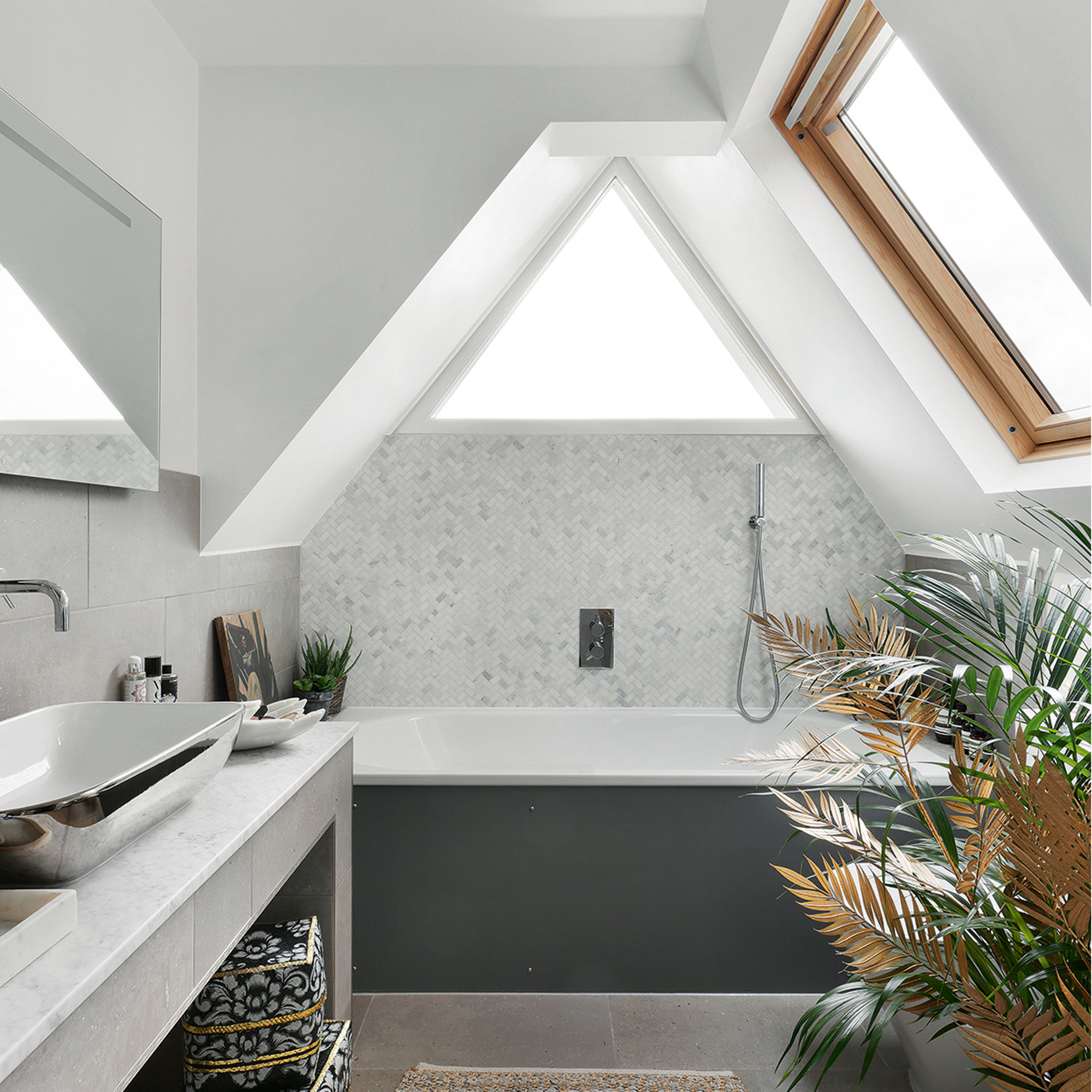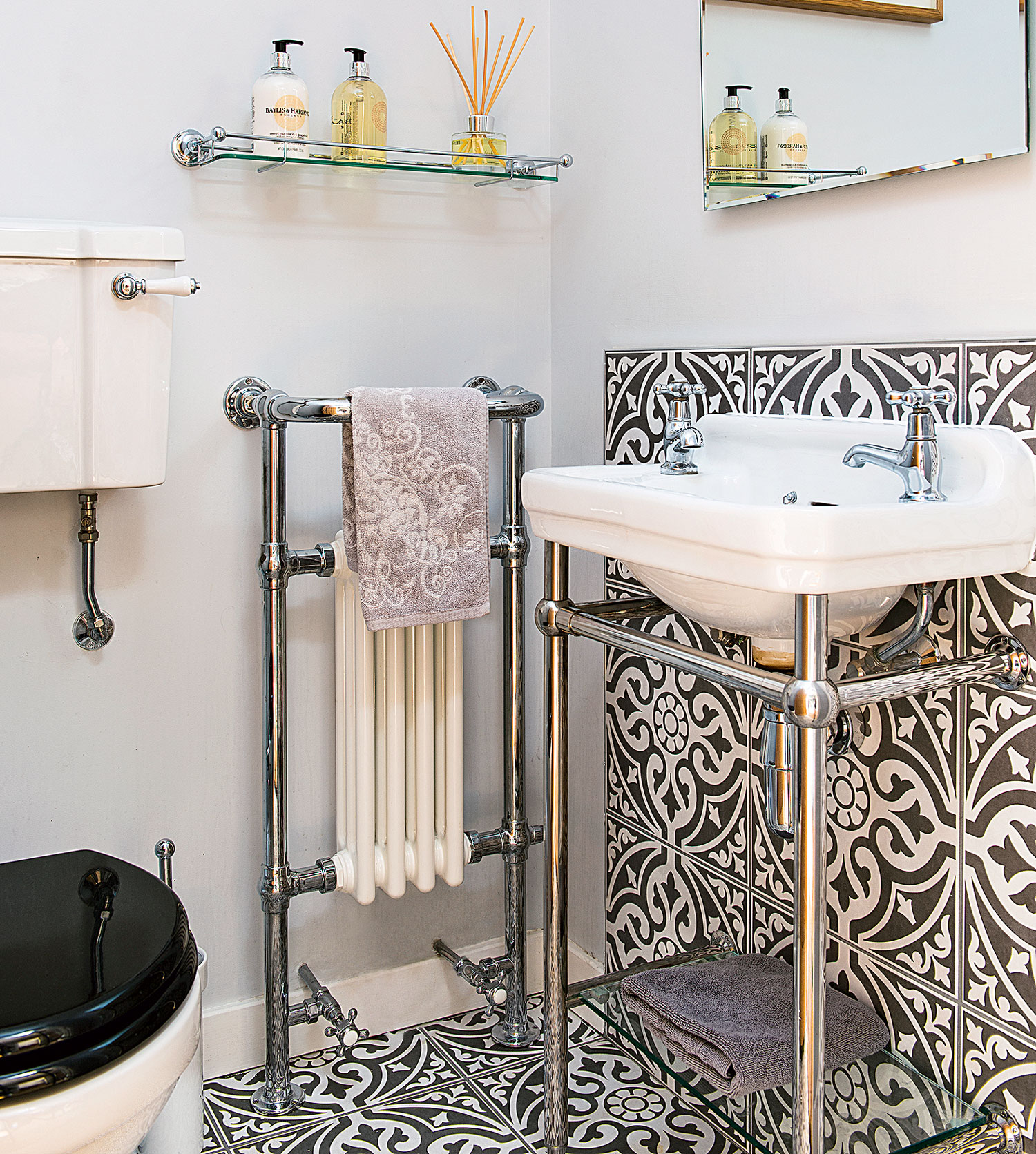What is pipe lagging and is it worth doing for better insulation?
Find out how pipe lagging can reduce heat loss in your home and save you money

Wondering about pipe lagging? Insulating pipes in your home is an affordable and easy DIY job to undertake if they are easily accessible. When it comes to ways to insulate your home, it is one of the simplest tasks that can help reduce heat loss.
According to Insulation Superstore, pipe insulation (on hot pipes) will prevent heat from being lost to the surrounding area. Pipe lagging will the temperature of the water around 2 degrees higher than it would be without pipe insulation. This means that less energy is required to heat the water. This, in turn, reduces the cost of your utility bills and helps to lower your home’s carbon emissions.
What is pipe lagging?
UK homes have a series of water pipes running through them. Lagging is the common name given to the process of insulating these pipes by covering them in insulative materials on the outside.

What types of pipe lagging are there?
1. Polyethylene foam
This is the most widely used lagging and is popular due to being affordable and easy to install. It typically comes in the form of a pipe with a slit running down one side and can be easily slipped over the outside of a pipe. ‘It can be used for a number of different applications including loft spaces to prevent pipes freezing and also central heating pipework to prevent heat loss,’ says Thomas Goodman, property and construction expert at MyJobQuote.
2. Rubber pipe
This type of lagging is made from elastomeric rubber and is used to prevent condensation and resist the build-up of humid environments. ‘Due to its strength and longevity, it is often used to insulate outdoor pipework, solar pipework, and any pipes that are subject to extreme temperatures,’ says Thomas Goodman.
3. Mineral fibre
Made of rock or mineral wool, it’s suitable for indoor or outdoor use. ‘This type of insulation is used in heating, ventilation, and air conditioning systems due to its ability to withstand extremely high temperatures,’ explains Thomas Goodman.
4. Pipe wrap and tape
Pipe wrap can be made from a number of different materials, but differs from the other options on the list above as it is wrapped continuously around pipes rather than fitting over the pipe in one solid form. ‘Pipe wrap is generally much thinner than other forms of insulation so works well if space is extremely tight,’ says Thomas Goodman.
Sign up to our newsletter for style inspiration, real homes, project and garden advice and shopping know-how

How much does pipe lagging cost and is it worth it?
If you’re already taking up flooring and removing walls to install insulation, it is worth pipe lagging at the same time and the cost of materials and labour will be relatively low.
‘It can cost anywhere between 40p and £2.50 to simulate a single pipe, depending on the materials used for the job,’ says Thomas Goodman. ‘On average, this will amount to about £20 to insulate the primary pipework in your home, and it can be done yourself without having to pay for professionals to fit it,’ he adds.
What are the advantages of pipe lagging?
Here are the pros when you are considering how to lag pipes...
- Reduces heat loss: Insulating pipes will stop heat from escaping as quickly in comparison to uninsulated pipes.
- Prevents pipes from freezing in cold weather: You often hear of pipes freezing in winter months when outdoor temperatures drop dramatically. In this scenario, if your pipes aren’t insulated properly they could freeze which could lead to cracked pipes, blockages and flooding. This can all be costly to fix. ‘Pipes in external walls or below ground flooring are particularly prone to freezing. This is due to exposure to considerably lower temperatures than pipes situated within the house,’ says Thomas Goodman.
- Avoids build-up of condensation: When hot water comes into contact with cold air, such as when hot water runs through an uninsulated pipe, humidity and moisture can build up in the surrounding area. This can lead to mould and rot and can affect the integrity of nearby materials, such as timber in suspended flooring.
- Lower energy bills: If water is kept at a warmer temperature within the pipes, less energy will be needed to heat up the water. This in turn means less energy is used, which results in lower bills. Check out how to save energy at home.
- Less emissions: Lower energy consumption, also means fewer emissions for your household. A well-insulated house, including roof and loft insulation, is inevitably a more sustainable property.
What are the disadvantages of pipe lagging?

Consider the downsides before starting...
Lagging can be difficult to fit retrospectively
There are few disadvantages when insulating pipework. However if fitting it retrospectively, this can cause some disturbance and damage to your home. For instance if you need to take up floors and walls to access the pipework.
It can be a disruptive and potentially expensive job
If your home’s pipework is located under your flooring, you’ll have to take it up to be able to install the lagging. The effort of taking up flooring is not only time consuming, but can prove costly. Especially if you’re unable to re-use the existing floor covering again.
‘If you don’t have any issues with condensation or leaks to deal with, sometimes it may not be worth insulating your pipework for the small return you’ll see on your energy bills and emissions savings,’ says Thomas Goodman.

Sophie Vening is a freelance journalist and editor with more than 16 years’ experience writing about homes and properties. She’s worked for some of the UK’s leading interiors, self-build and property titles including, Grand Designs, Ideal Home, House Beautiful, Build It, The Metro Homes & Property and The Evening Standard Homes & Property.
She enjoys writing about complex issues in an easy-to-understand way.